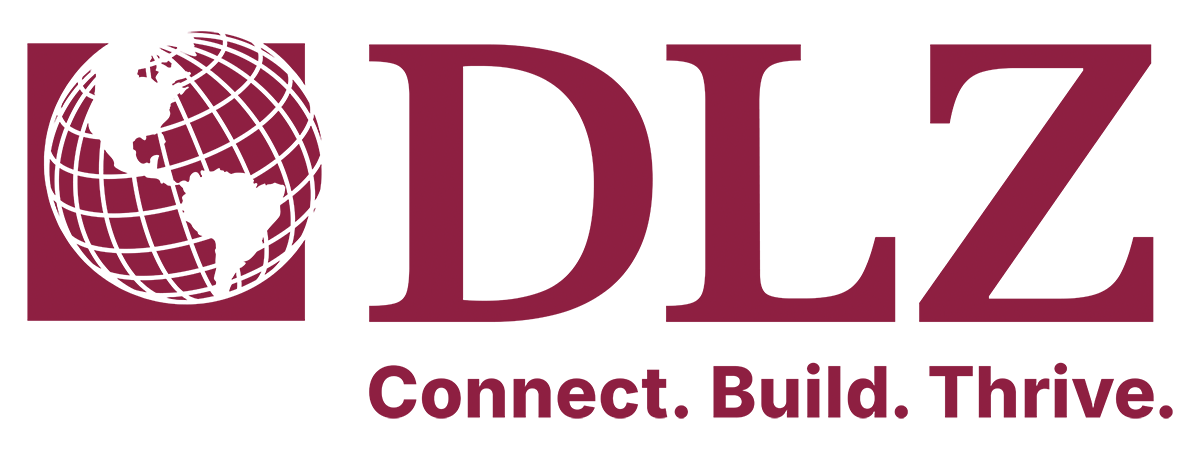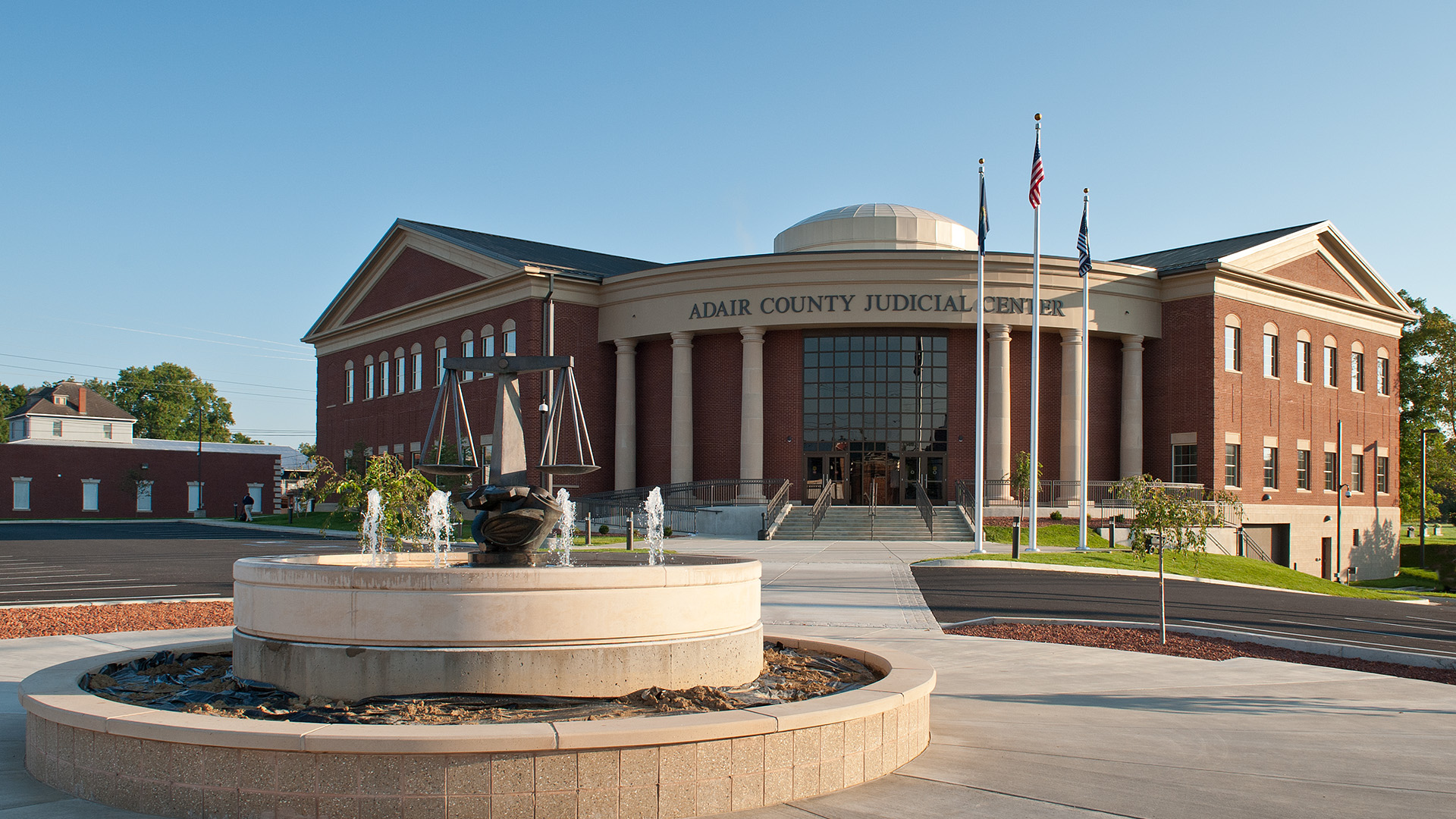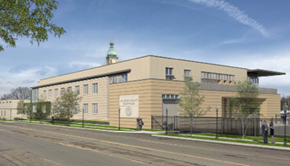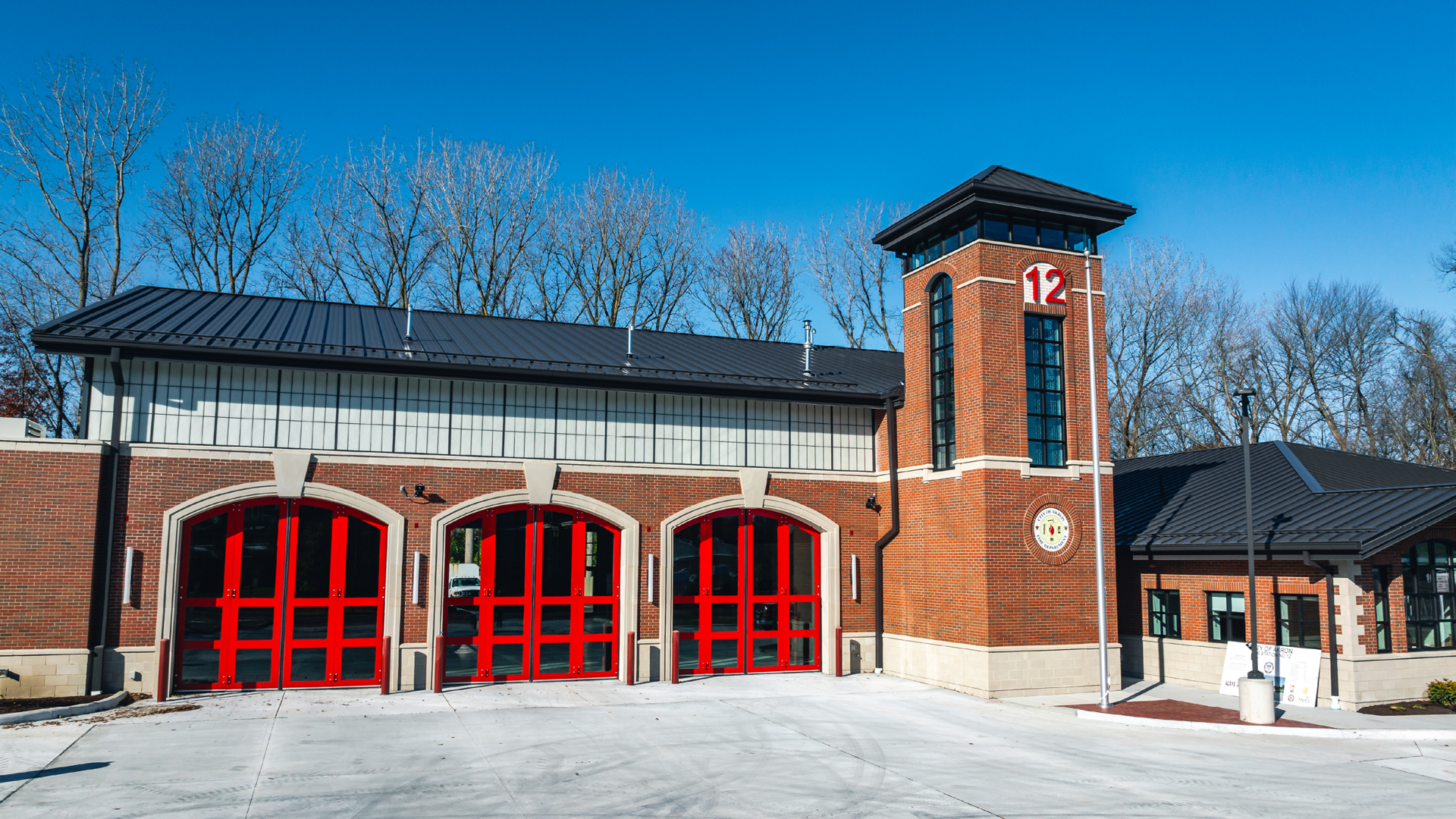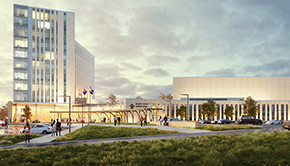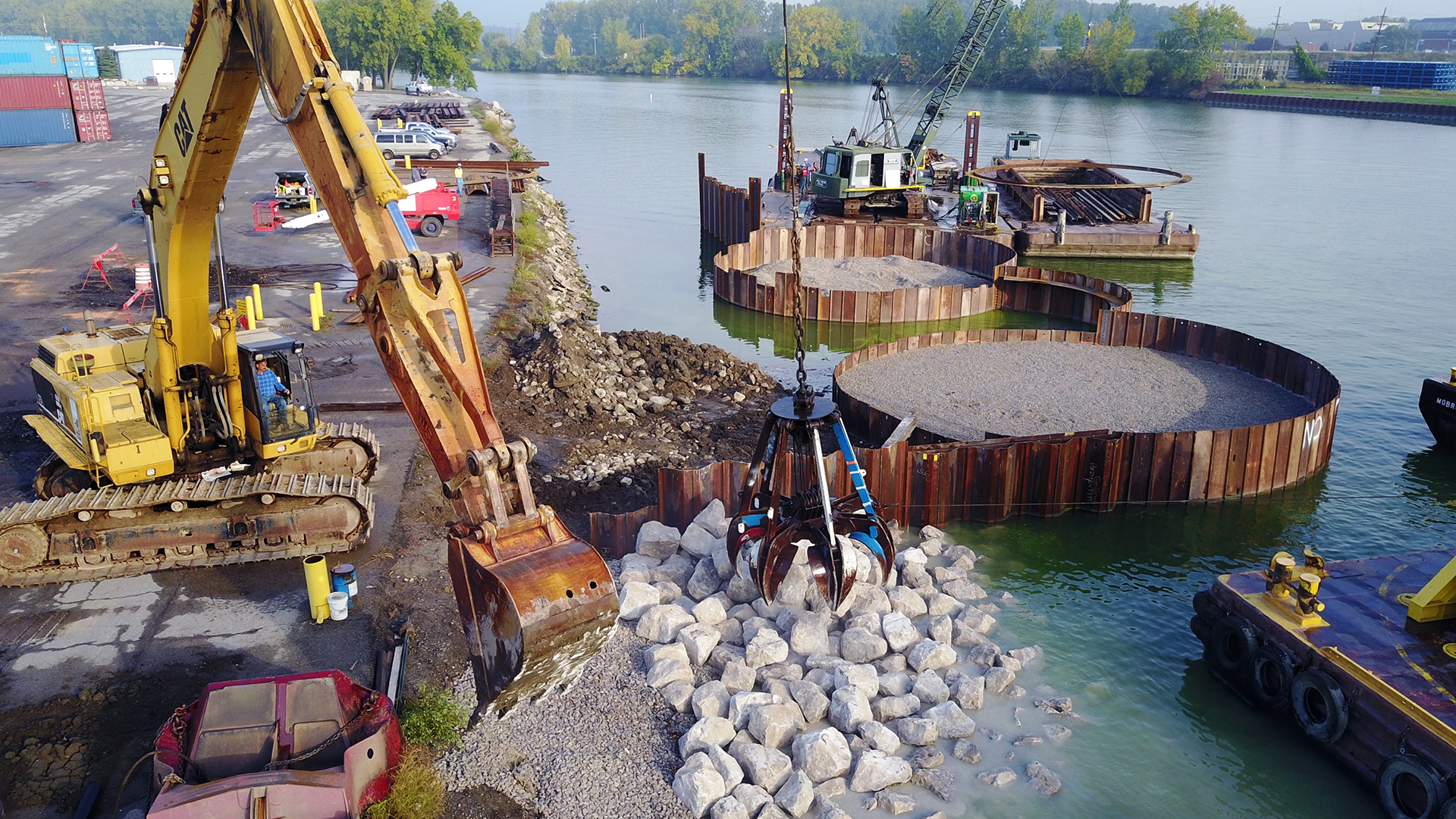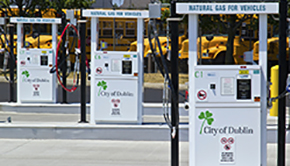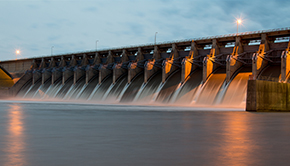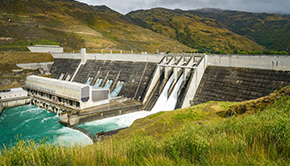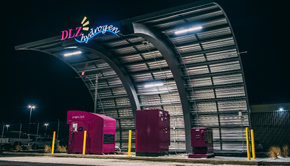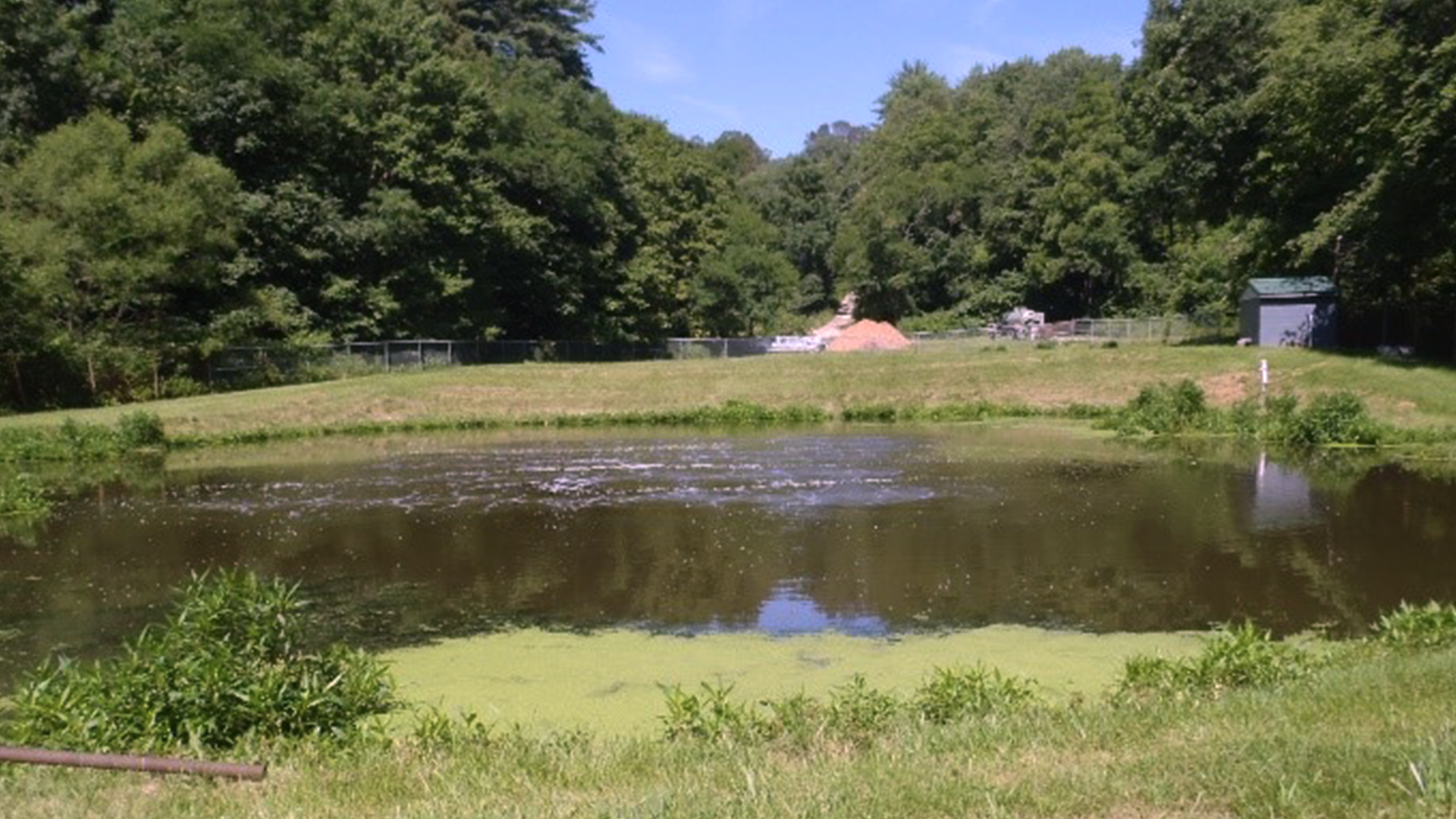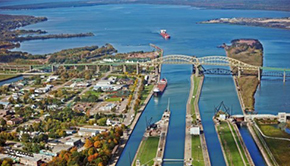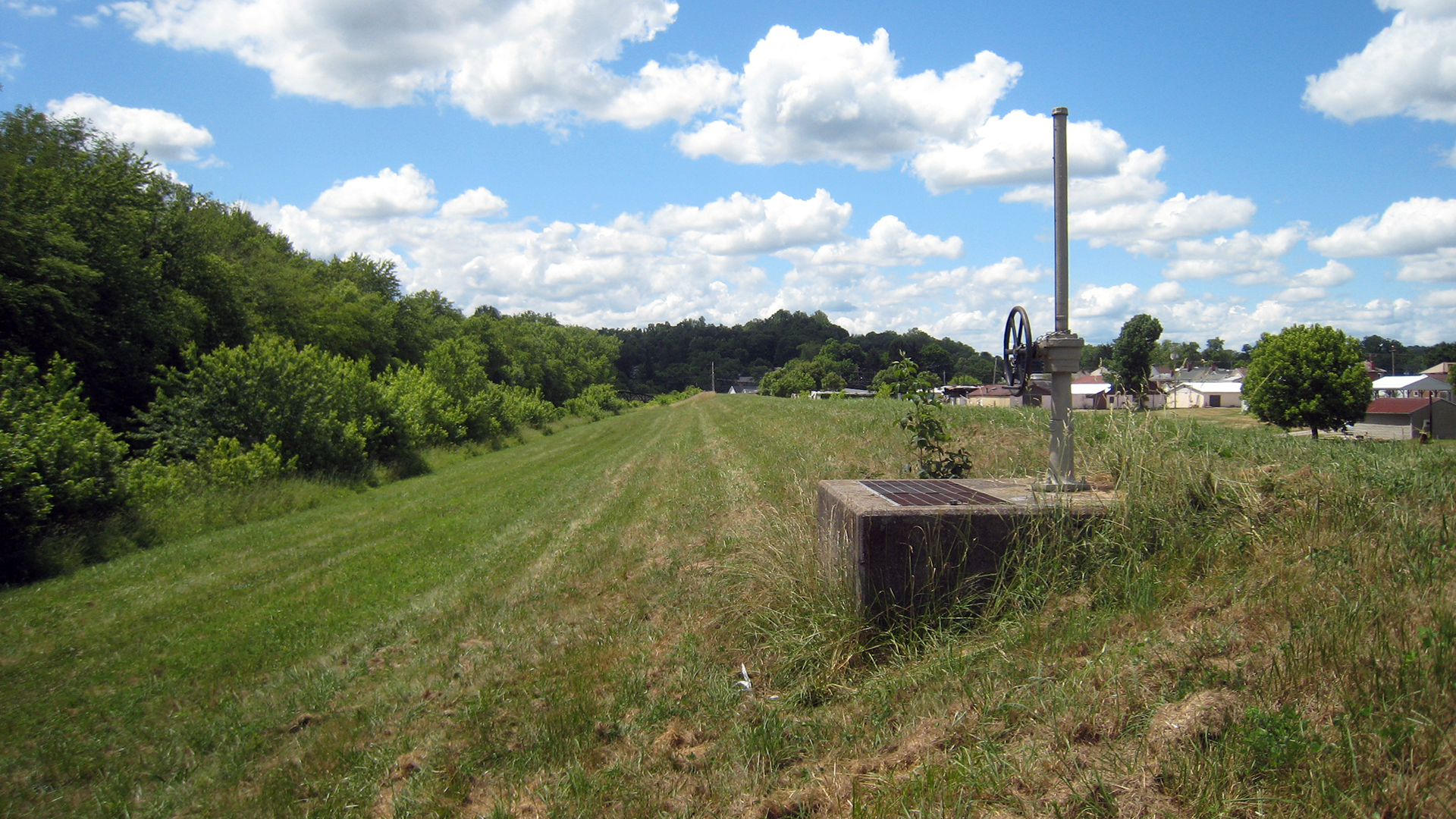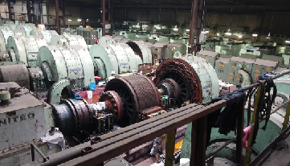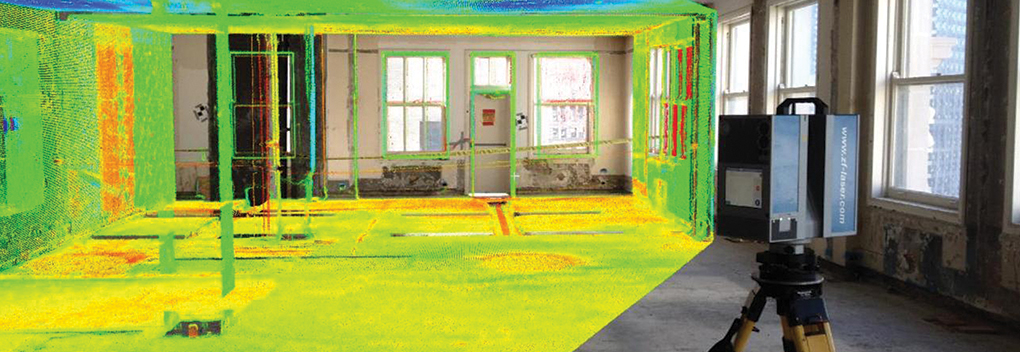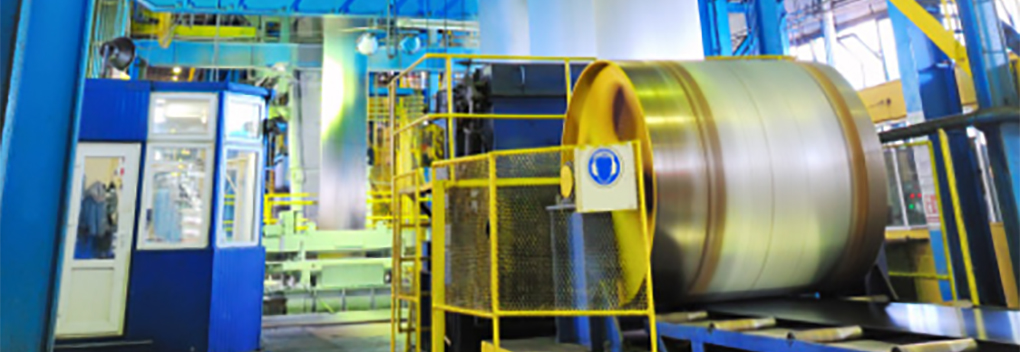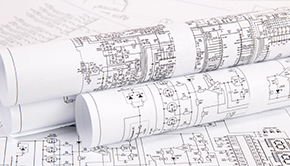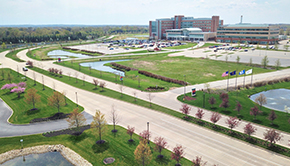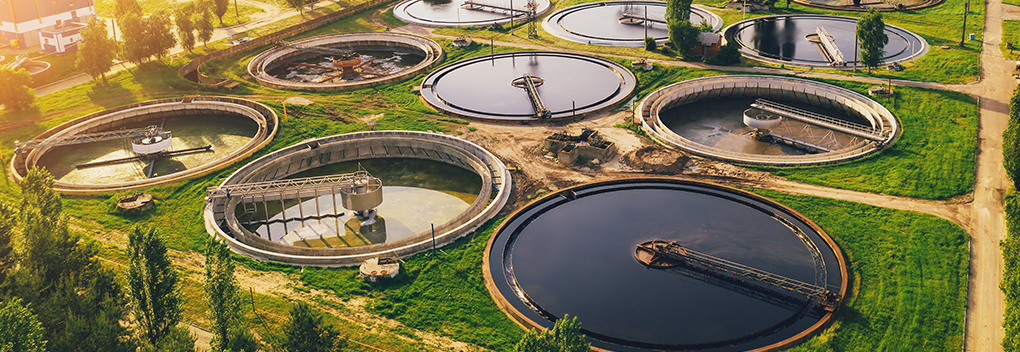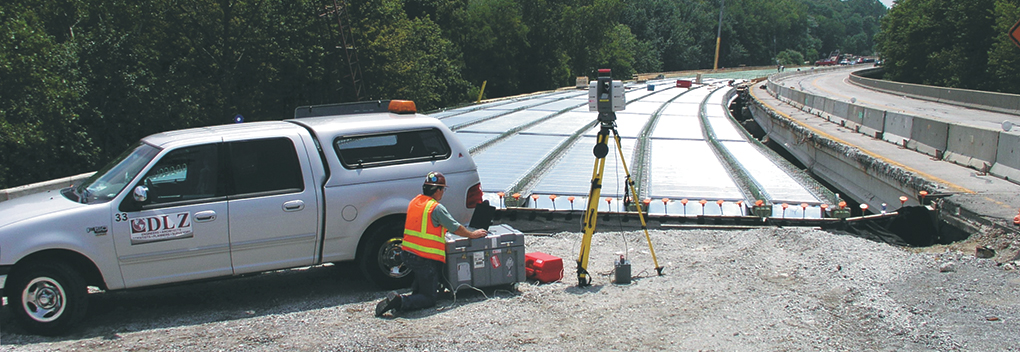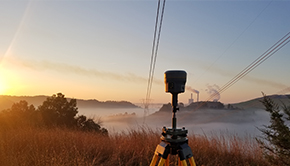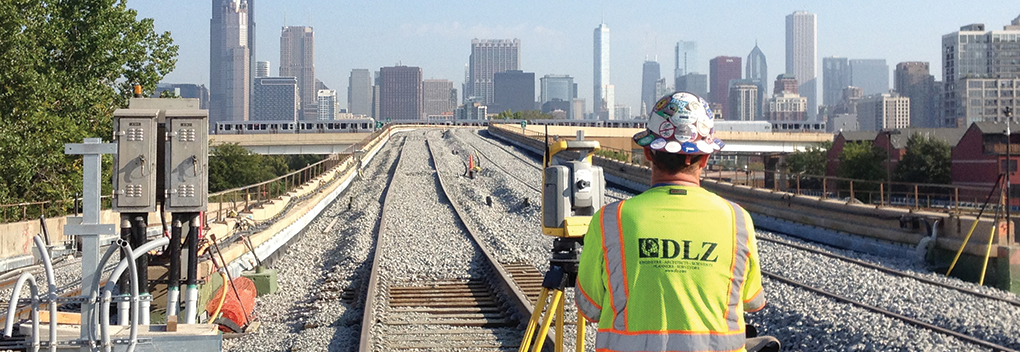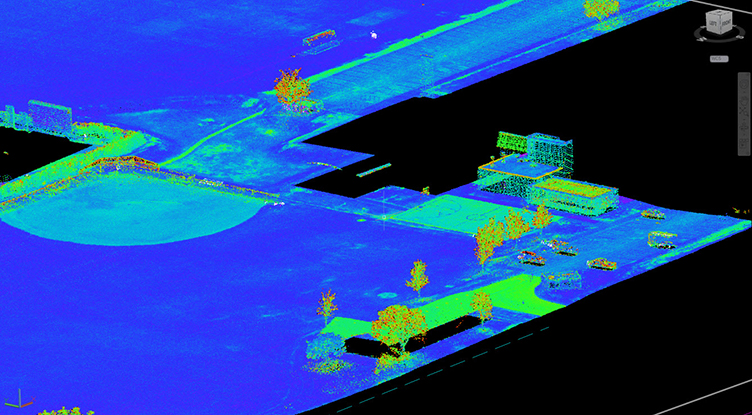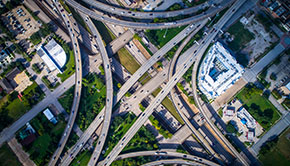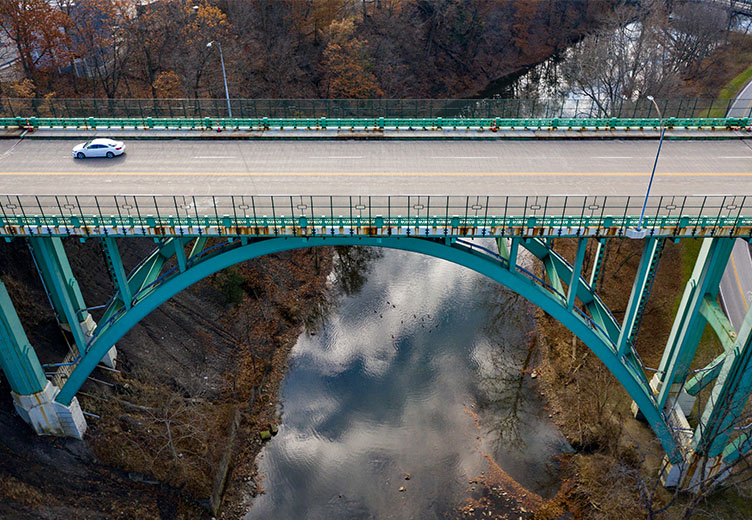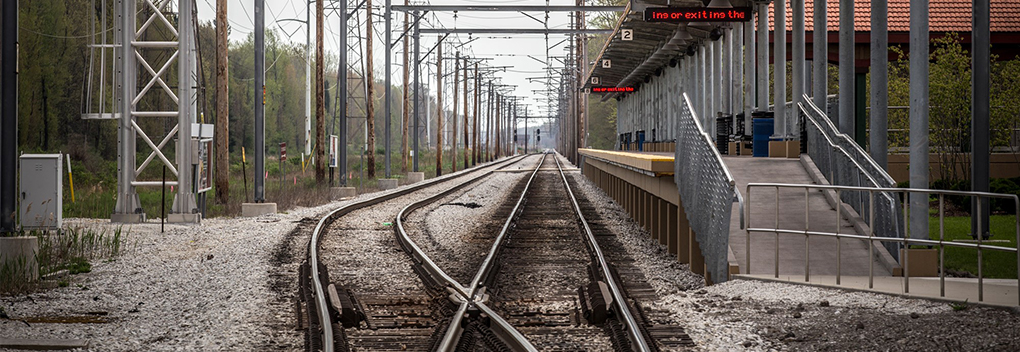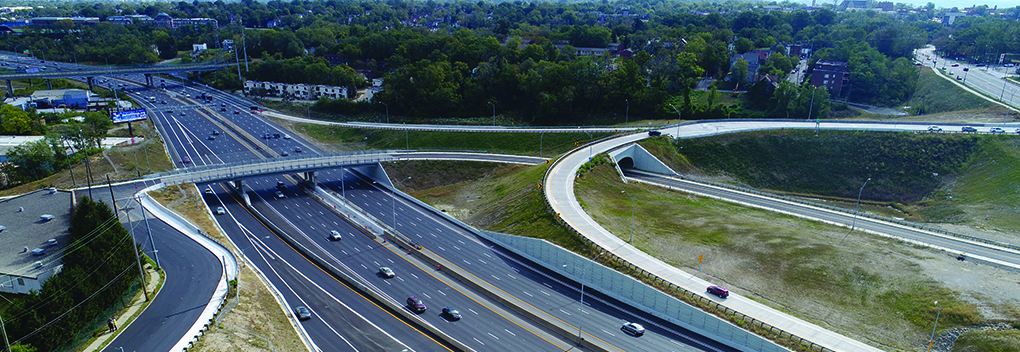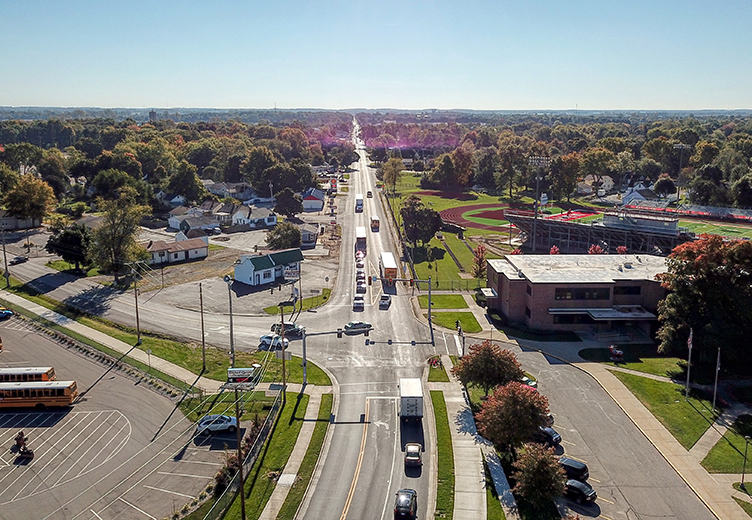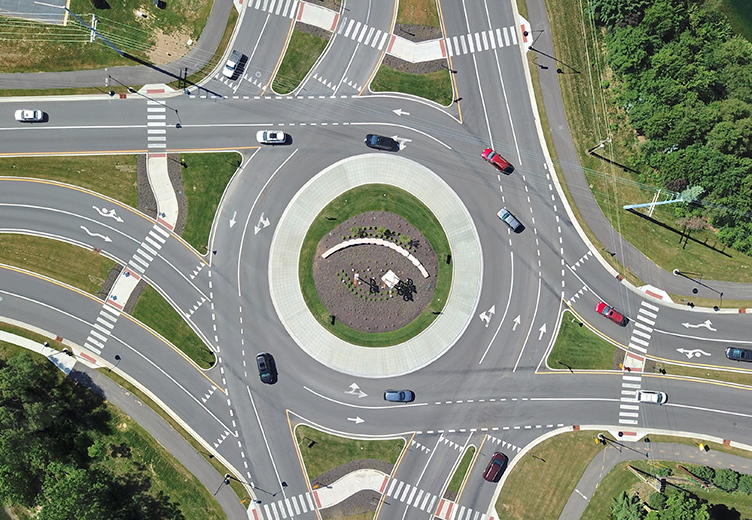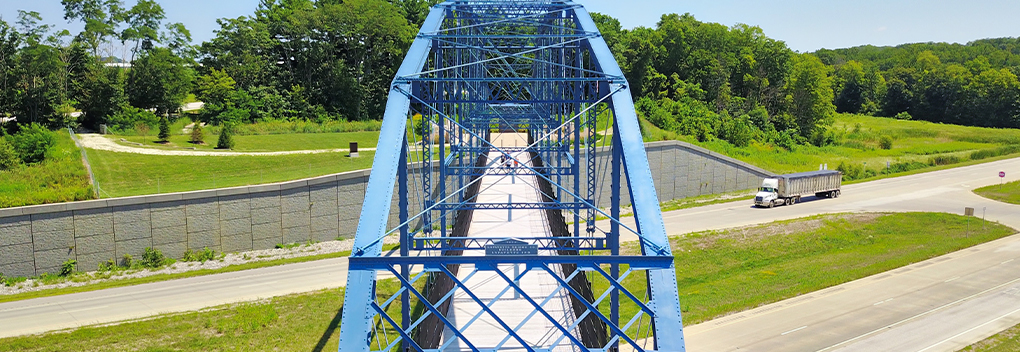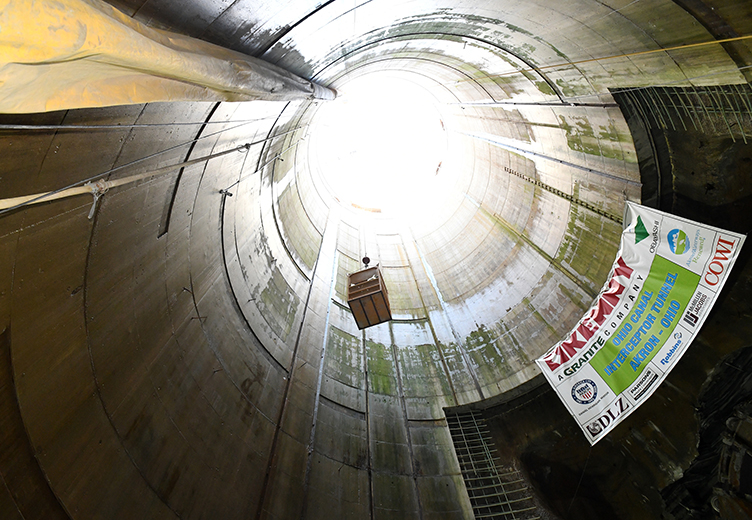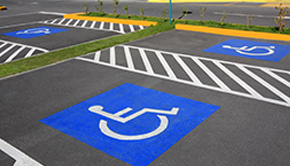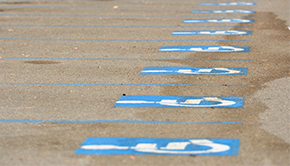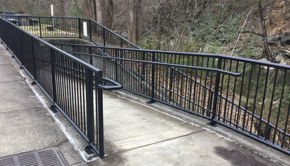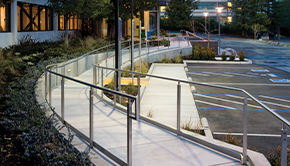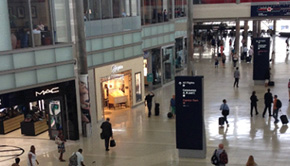Accurate data collection can greatly impact the success of a roadway project. For three decades, DLZ has contributed to the vast array of traffic data utilized by public agencies from the local to federal level in the planning and analysis of our transportation networks. While DLZ has stayed at the forefront by incorporating cutting edge technologies for collecting accurate vehicular, bicycle, and pedestrian data safely and efficiently, we are constantly exploring new opportunities to provide our clients with more accurate and reliable data.
Historically, pneumatic road tubes have been utilized for 24-hour or longer roadway segment counts to collect volume and classification data. We’ve used count boards and field staff to manually collect classified turning movements at intersections and pedestrian and bicycle data. These methods are still used and are often the best alternative for a given situation. However, newer technologies have become available that improve accuracy and reliability of data collection while minimizing staff exposure to live traffic conditions during installation and removal of equipment. Magnetic lane counters like MHCorbin’s NC350 units collect length based classification in each lane of a roadway and can be secured in each lane quicker than road tube setups needed to collect comparable directional, classification data. NC350’s can also be a more reliable option in situations where tubes may become unsecured over the course of a count period. Video collection systems such as Miovision’s Scout Units can be used to collect turning movement counts, bike and pedestrian data at intersections and roadway segment counts as well. Video units are installed on the side of the road eliminating the need for technicians to enter or cross travel lanes as is needed for installing tubes or magnetic lane counters.
Efficiency Matters
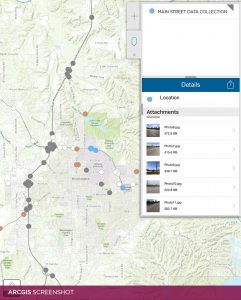
Safety First
Safely collecting traffic data begins with the employees. DLZ’s field staff, many of whom have been with the company for 10 or more years, focus on safely installing and removing equipment within or on the side of roadways and are properly trained to do so. Having a fleet of conspicuous work trucks with flashing lights, advance warning signs and cones for use as needed are all important safety measures to consider. All DLZ field staff wear reflective clothing and are certified in setting up and conducting flagging operations. However, every effort is made to minimize the time spent at each location. Closing a traffic lane is rarely needed.
Transportation agencies depend on current, reliable traffic data in order to make important maintenance and capital improvement decisions for their roadways. Traffic data is also a key aspect of funding requests for federal and state transportation maintenance and improvement programs. Ultimately, the quality of the transportation system serving our communities depends on accurate traffic data collected safely and efficiently.
